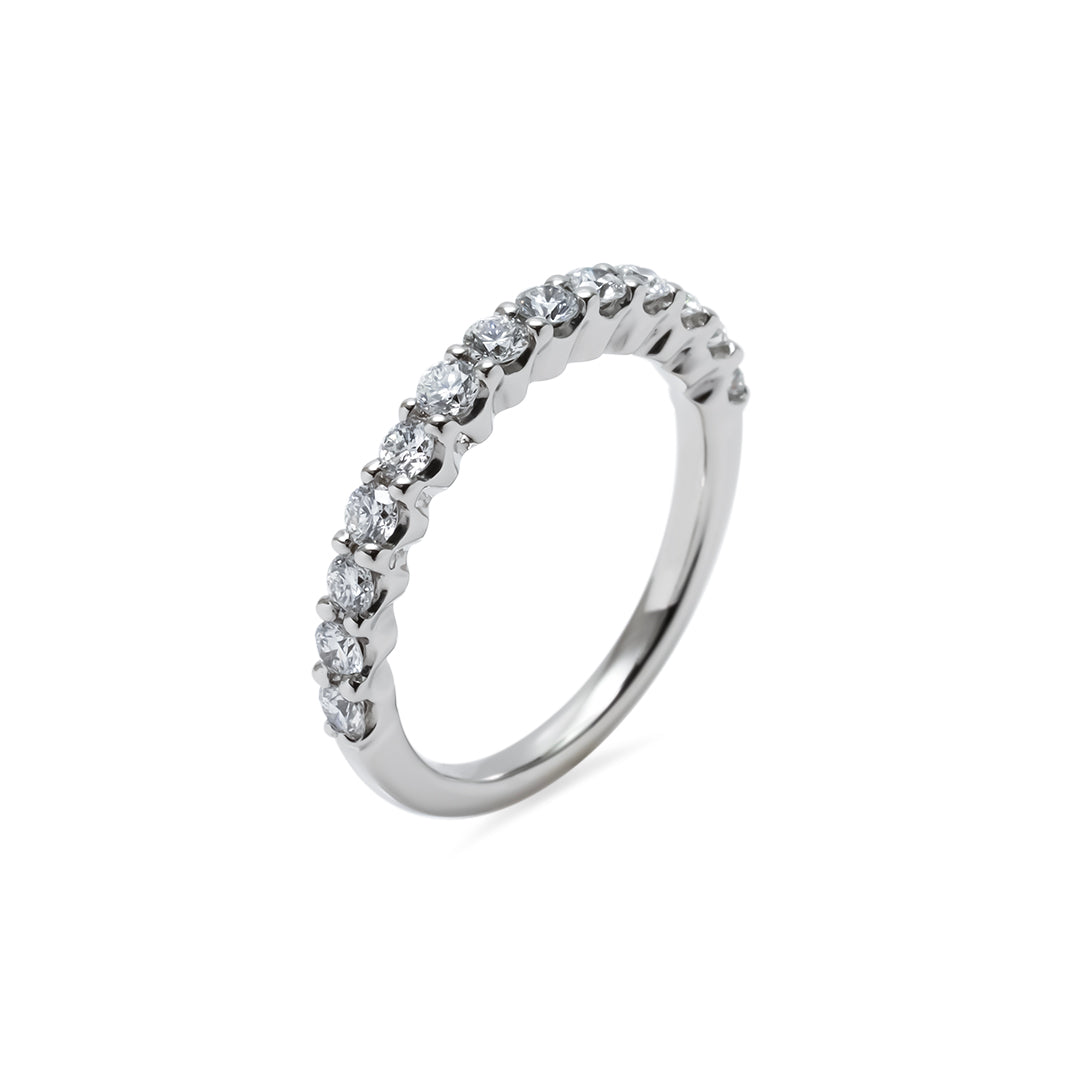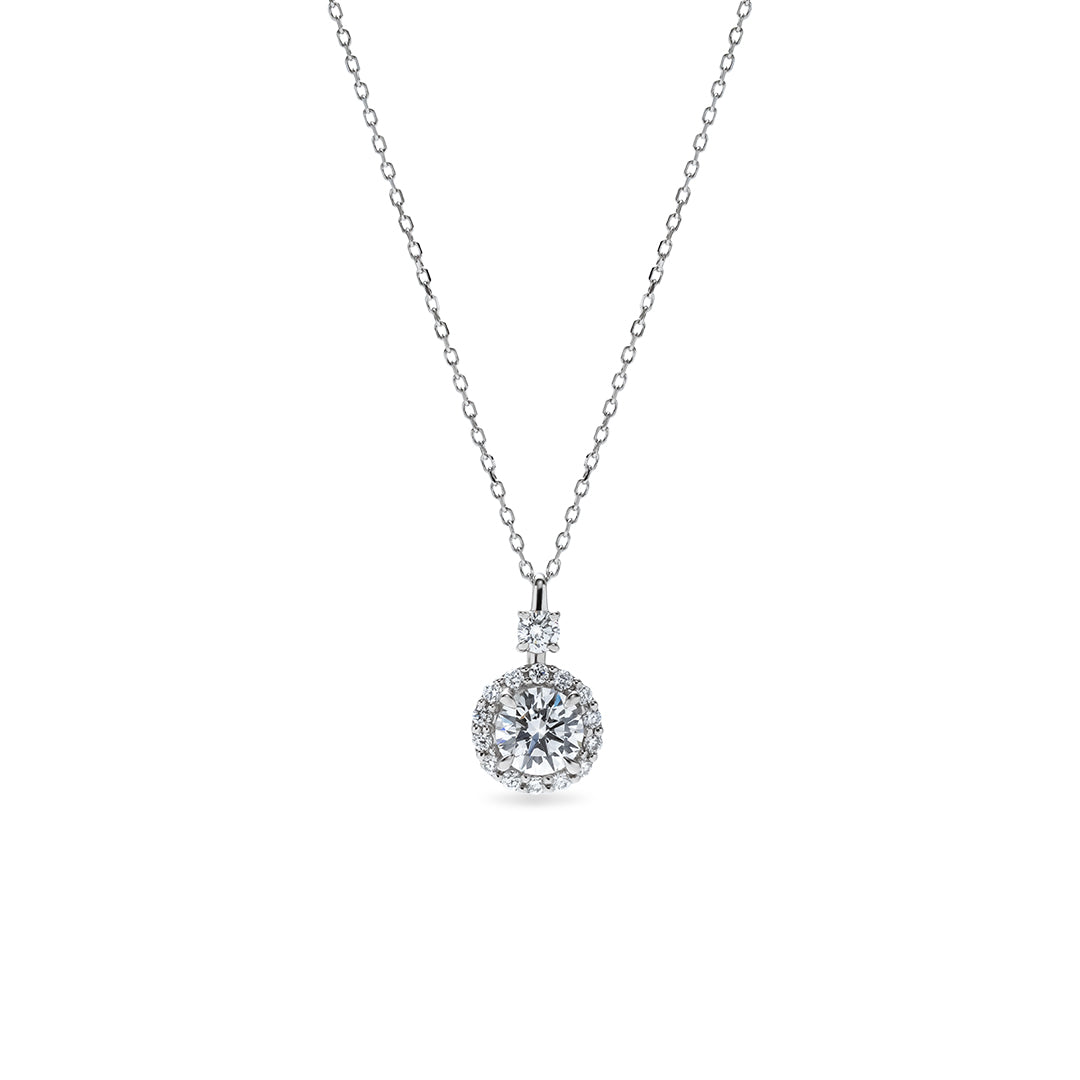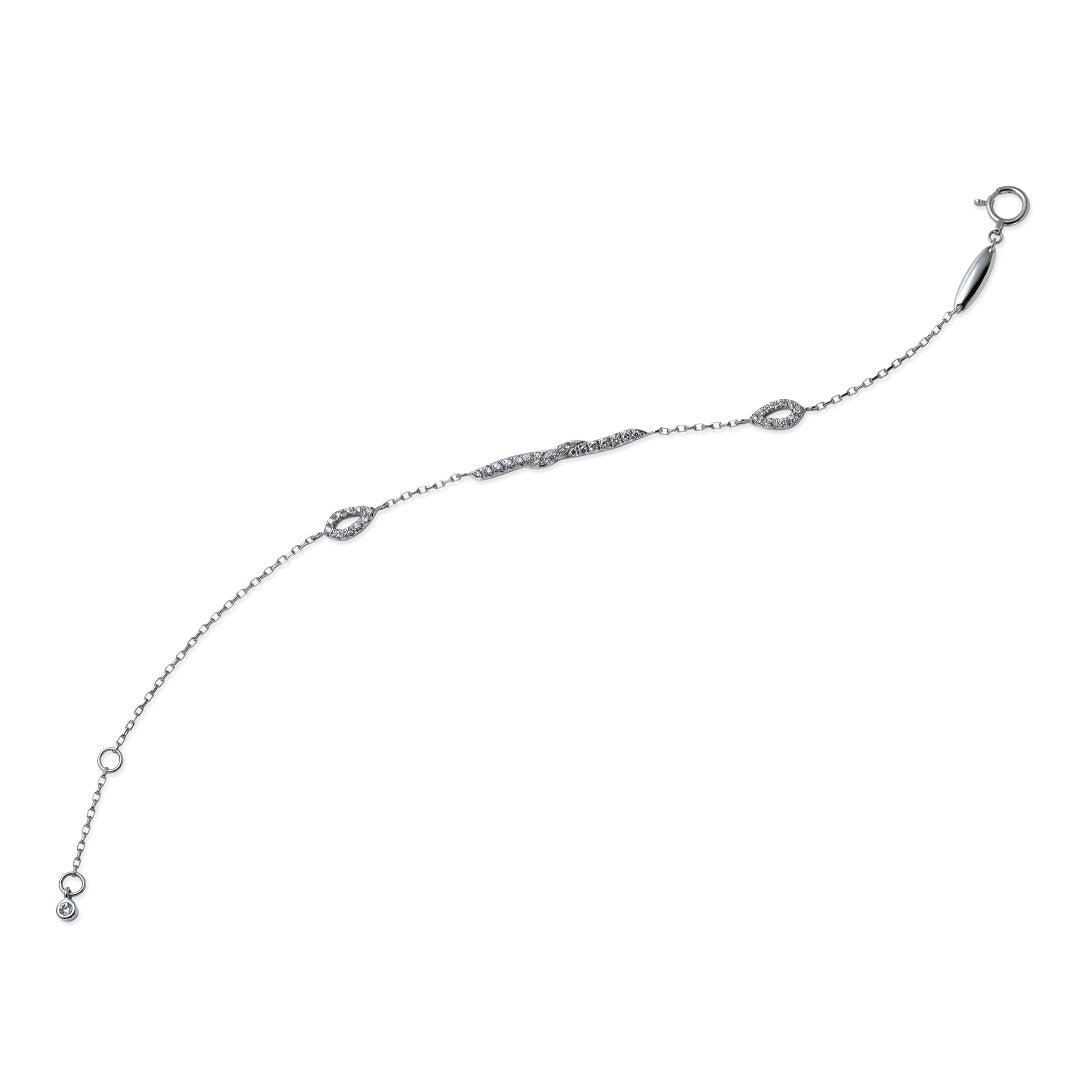About Lab Diamonds
As the name suggests, lab-grown diamonds are cultivated in a laboratory using advanced technology.
Though relatively new to the jewelry market, they have quickly captured global attention for their beauty and innovation.
Lab-grown diamonds share the same appearance, chemical composition, crystal structure, and physical properties as natural diamonds.
So, what exactly sets them apart—and what makes them so remarkable? Let’s take a closer look.
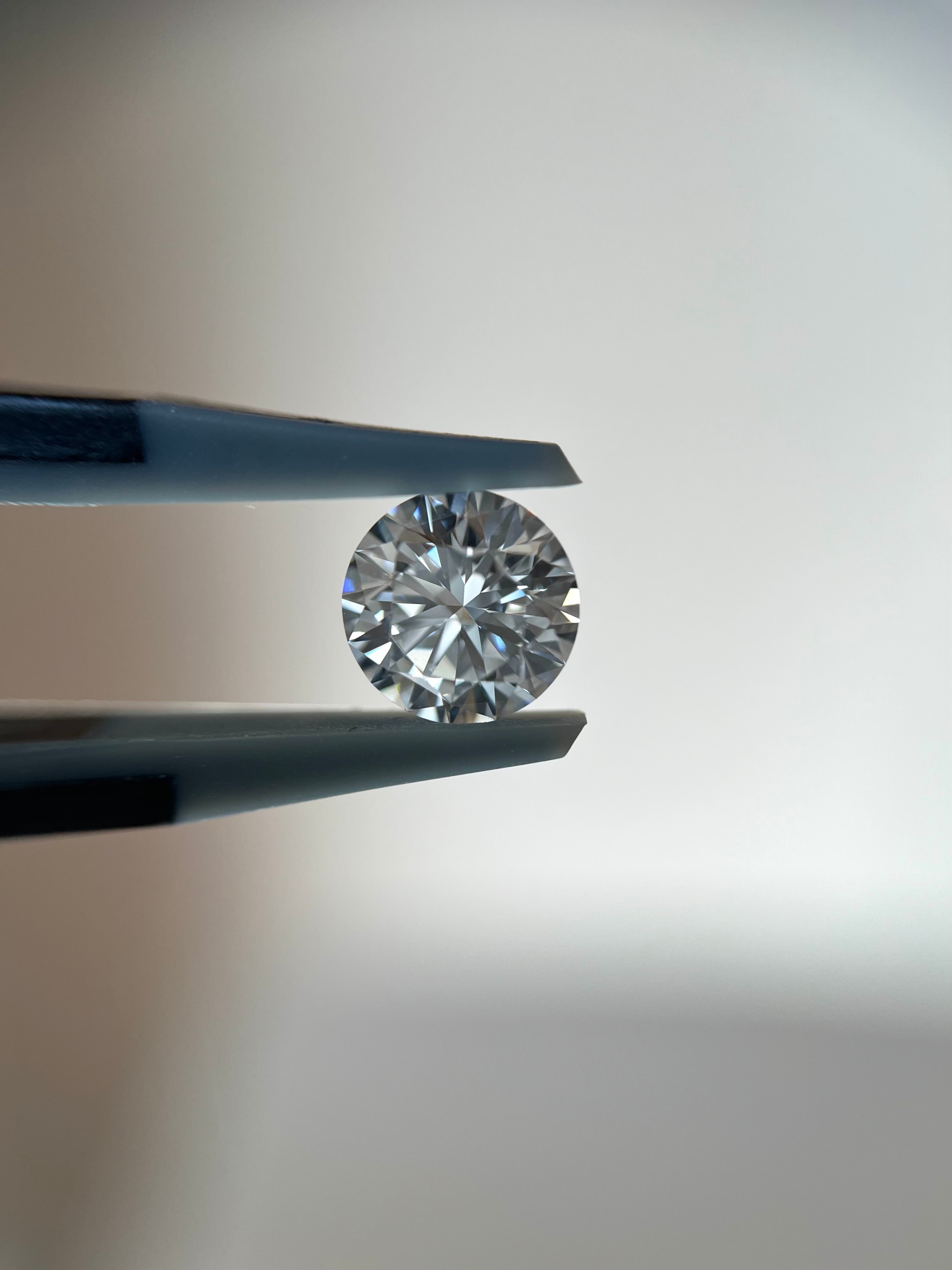
What Are Lab-Grown Diamonds?
A lab-grown diamond is a diamond that has been cultivated in a laboratory rather than mined from the earth. It possesses the same chemical composition—pure carbon in a crystal lattice—and the same physical properties as a natural diamond.
Are They Real Diamonds?
The world’s leading gemological institutes, including the GIA (Gemological Institute of America) and IGI (International Gemological Institute), certify lab-grown diamonds as genuine diamonds.
Commercial production began only about 10–15 years ago, yet today many global jewelry brands feature lab-grown stones. The U.S. Federal Trade Commission (FTC) likewise classifies lab-grown diamonds as “real diamonds” in its official guidelines.
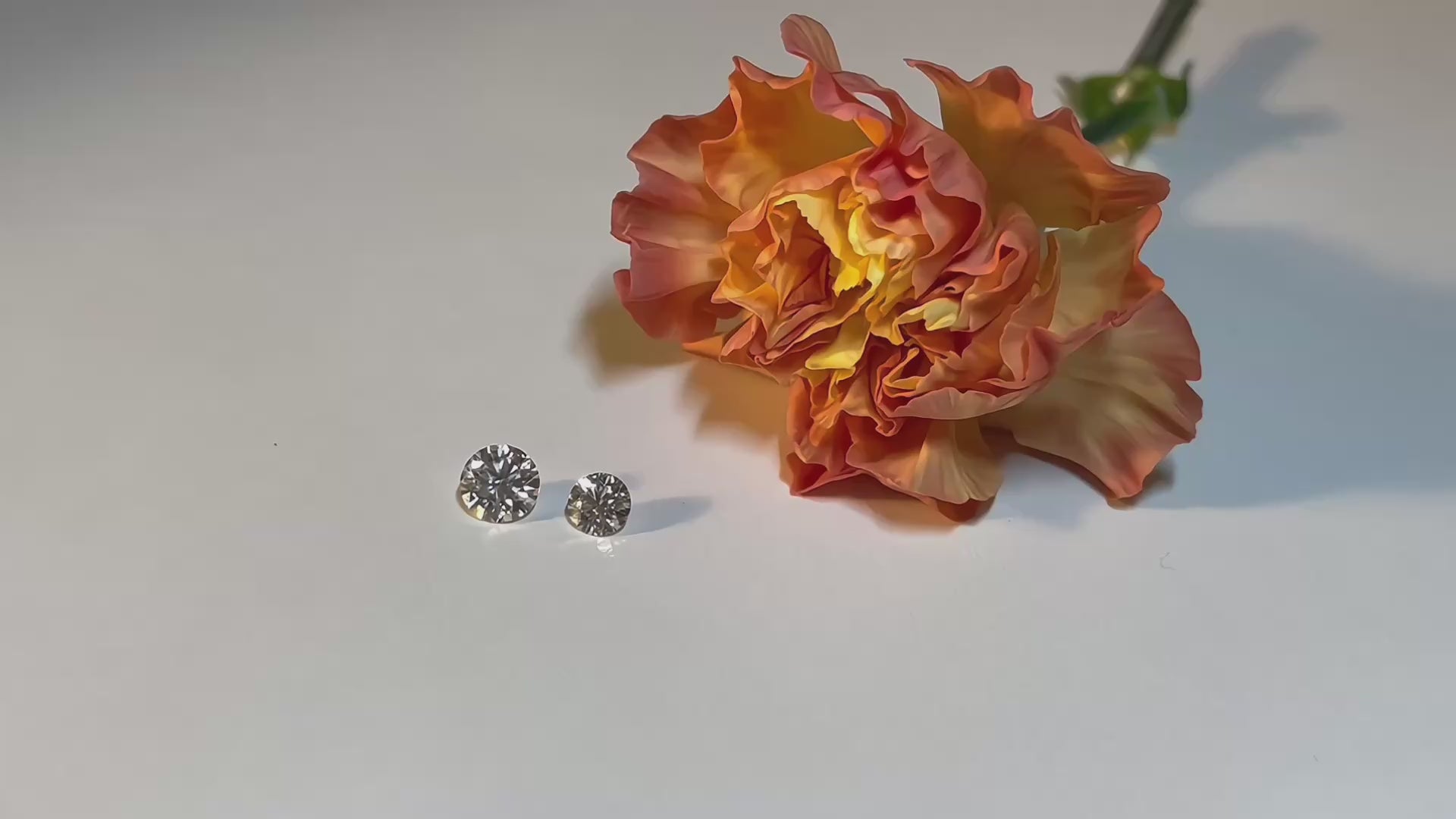
What Are The Differences?
The only real difference is when and where they are born.
While natural and lab-grown diamonds are chemically and physically the same, lab-grown stones reach perfection in a fraction of the time and come with a transparent, ethically controlled supply chain.
Comparison with Other Stones
CZ(Cubic Zirconia) and moissanite are entirely different minerals from diamonds.
Even when they look alike, their hardness, brilliance, and durability vary, and those differences become evident in everyday wear.
| Property / Material | Natural Diamond | Lab-Grown Diamond | Moissanite | Cubic Zirconia |
|---|---|---|---|---|
| Chemical composition | C (carbon) | C (carbon) | SiC (silicon carbide) | ZrO₂ (zirconium dioxide) |
| Mohs hardness | 10 | 10 | 9.25 | 8.25 |
| Refractive index (n) | 2.42 | 2.42 | 2.68 – 2.69 | 2.15 – 2.18 |
| Dispersion (fire) | 0.044 | 0.044 | 0.104 | 0.058 |
| Specific gravity | 3.52 | 3.52 | 3.22 | 5.6 – 6.0 |
| Thermal conductivity | High | High | High | Low |
| Visual appearance | Colorless to faint yellow; natural inclusions | Colorless to faint yellow; growth-line patterns | Slight gray tint; pronounced rainbow sparkle | Whitish brilliance; “oily” look |
| Durability | Extremely high | Extremely high | High (somewhat chip-prone) | Moderate (can dull with wear) |
| Grading certificate | Provided | Provided | Not provided | Not provided |
| 特性/素材 | 天然ダイヤモンド | ラボグロウンダイヤモンド | モアサナイト | キュービックジルコニア |
|---|---|---|---|---|
| 化学組成 | C(炭素) | C(炭素) | SiC(炭化ケイ素) | ZrO₂(二酸化ジルコニウム) |
| モース硬度 | 10 | 10 | 9.25 | 8.25 |
| 屈折率 (n) | 2.42 | 2.42 | 2.68 – 2.69 | 2.15 – 2.18 |
| 分散 (ファイア) | 0.044 | 0.044 | 0.104 | 0.058 |
| 比重 | 3.52 | 3.52 | 3.22 | 5.6 – 6.0 |
| 熱伝導率 | High | High | High | Low |
| 見た目の違い | 無色〜わずかに黄味/天然特有の内包物 | 無色〜わずかに黄味/機械で見ると成長線パターン | わずかにグレー・レインボーの輝き | 白っぽい輝き・オイル感 |
| 耐久性 | 極めて高い | 極めて高い | 高い(やや欠けやすい) | 中程度(摩耗で曇りやすい) |
| 鑑定書 | つく | つく | つかない | つかない |
Appearance & Quality
Visual and Physical Properties
- Indistinguishable to the Eye
A lab-grown diamond looks exactly the same as a mined diamond. Even a professional gemologist cannot tell them apart with the naked eye. Only advanced instruments that analyze crystal growth patterns or minute trace elements can reveal their origin—something imperceptible in everyday wear.
Quality Assessment (the “4 Cs”)
- Lab-grown diamonds are graded by the same 4 Cs—Cut, Color, Clarity, and Carat weight—used for natural diamonds.
- Leading laboratories such as the GIA (Gemological Institute of America) and IGI (International Gemological Institute) issue grading reports for lab-grown stones, following identical evaluation protocols.
Diamond Type & Purity
- Natural diamonds: Roughly 98 % of those on the market are Type I, containing trace nitrogen that can give a faint hue.
- Colorless lab-grown diamonds: Most are Type IIa, the purest diamond type with virtually no impurities—renowned for exceptional transparency and brightness.
Bottom line
In both appearance and certified quality, a lab-grown diamond is every bit a real diamond—possessing the same sparkle and durability, yet often with higher inherent purity.
Sustainability and Ethical Considerations

Social Considerations
Traditional diamond mining has long been associated with child labor, poor working conditions, and the financing of armed conflict—so-called blood diamonds. Initiatives such as the Kimberley Process have reduced these risks, yet the global supply chain remains complex and cannot guarantee complete transparency.
In contrast, lab-grown diamonds are produced in regulated facilities, eliminating mining-related human-rights abuses and exploitative labor. Each production batch can be traced back to its origin, offering a level of supply-chain transparency that natural stones rarely provide.
Environmental Considerations
Mining natural diamonds inevitably involves large-scale land excavation, ecosystem disruption, soil and water contamination, and massive mine-tailings. Heavy machinery and ore processing also generate a significant carbon footprint.
Lab-grown diamonds, however, require no digging and produce only minimal waste or wastewater. Although the growth process is energy-intensive, many producers now power their laboratories with solar, wind, or other renewable energy sources to curb CO₂ emissions.
Bottom Line
Lab-grown diamonds eliminate the social risks of mining and dramatically shrink the ecological footprint, while ongoing investments in clean energy continue to enhance their sustainability profile.
Expanding Your Options
What people look for in diamond jewelry is as individual as their stories. Ask “What do you value most?” and you’ll hear answers such as
- The wonder and rarity of nature’s creation
- The sheer size and beauty of the stone itself
- Designs that are effortless to wear every day
- A price that feels genuinely attainable
Because priorities differ, having choices that align with your own values is essential. One of the most significant new choices is the lab-grown diamond. In the United States, lab-grown stones already account for about 50 percent of diamond sales, and in China they have grown to roughly 10 percent—figures that continue to rise worldwide.
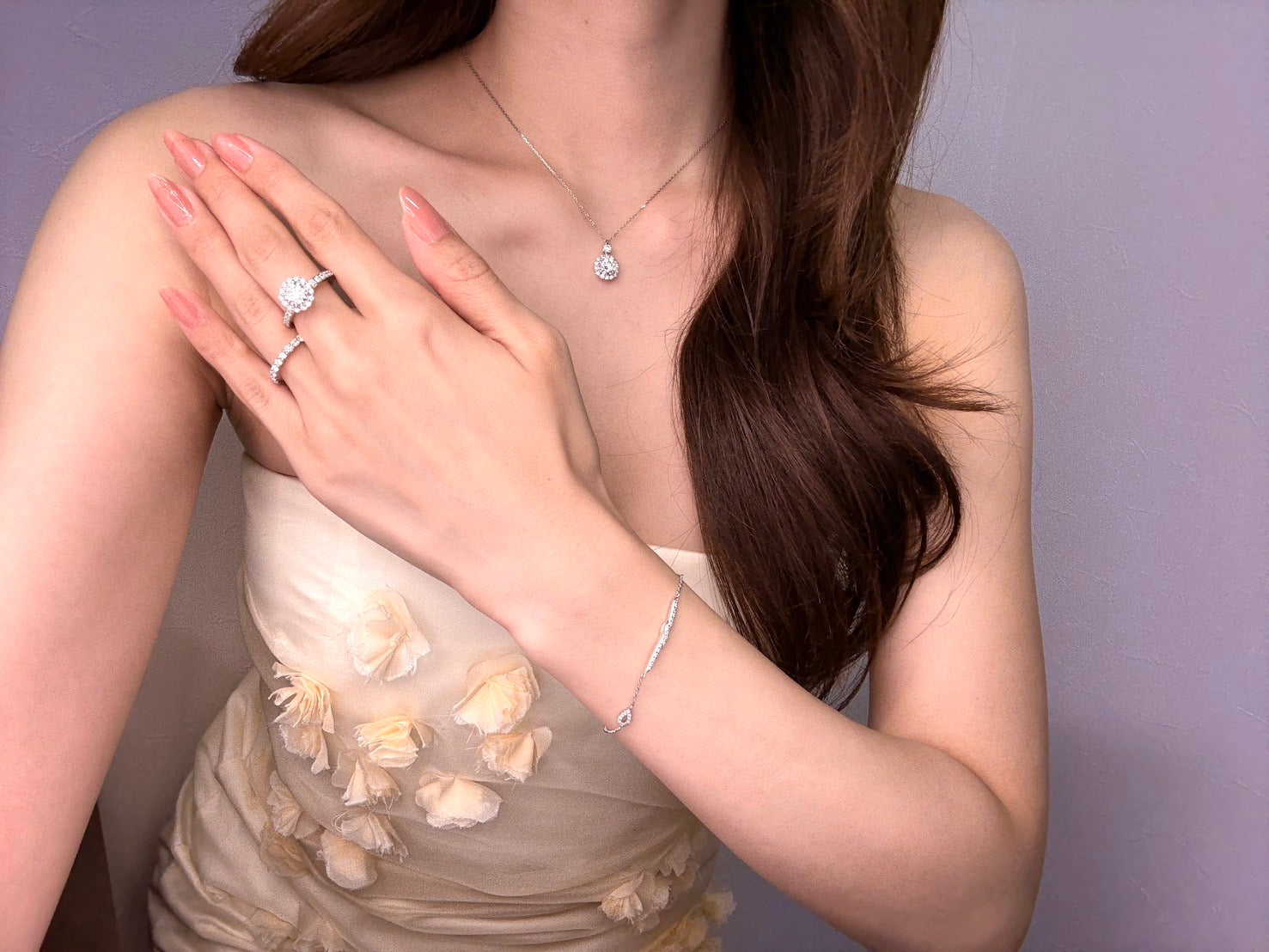
LANRIA was created to make this option feel just as natural and inspiring as any mined stone.
Lab-grown diamonds offer the same true brilliance and durability, yet in a way that is more affordable and more sustainable. We invite you to discover pieces that celebrate your milestones, reflect your values, and shine for generations to come.

